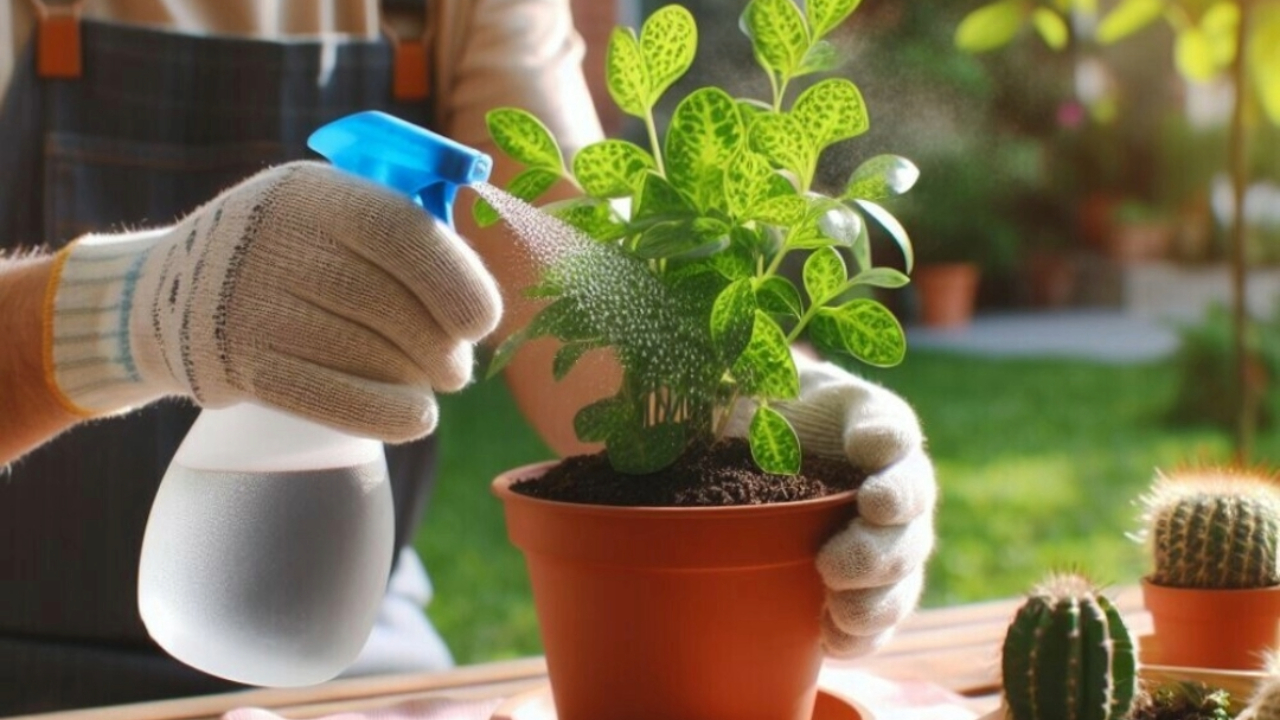 —vibrant flowers, juicy tomatoes, or fresh herbs—and know that container gardening offers a lot of opportunity
—vibrant flowers, juicy tomatoes, or fresh herbs—and know that container gardening offers a lot of opportunity
I will lay it out for you: caring for container plants when the thermometer spikes is a different ballgame. Unlike their in-ground counterparts, potted plants can’t spread their roots in search of more relaxed, moister soil layers. Their limited soil volume heats up quickly and dries out faster, putting your verdant friends at risk if you’re not on top of their needs.
That includes acknowledging how intense sun and heat can throw a monkey wrench into the works. Roots can get cooked in their containers, leaves might wilt or scorch, and the stress from the heat can make plants less resistant to pests and diseases. But don’t worry too much about all this doom and gloom. With some know-how, you can flip the script on hot weather.
Choose something that resonates with you—vibrant flowers, juicy tomatoes, or fresh herbs—and know that container gardening offers a lot of opportunity, even when the mercury rises. I’m here to help you understand the challenge and, in turn, teach you methods to keep your container plants thriving.
When the heat is on, a lot happens quickly in that pot, and you’ll learn how to play defense like a pro. The key is to be proactive. By the end of this section, you’ll be ready to master a crucial part of your heatwave toolkit: watering wisely. It’s not just about pouring on the H2O; it’s about doing it smartly to ensure your plants stay hydrated without succumbing to root rot or fungal diseases.
Water Wisely: Maintaining Moisture Without Overwatering
I will show you how to hit that sweet spot of watering – not too little, not too much. It’s a balancing act, especially when the heat turns up. Your container plants’ roots can’t reach further into the ground to find moisture like their in-ground counterparts, so they rely on you to quench their thirst.
First, check the soil moisture. The knuckle test—sticking your finger in the soil up to your first knuckle—is a trusty method. If it’s dry, it’s time to water. Timing is everything. Watering in the early morning or late evening prevents evaporation, and the plants can absorb more water.
Next, take a gander at self-watering containers. They can be a game-changer by providing a consistent moisture level. Plants can draw from these containers, which have a water reservoir at the bottom, as needed. For those without self-watering pots, consider moisture-retaining soil additives like coconut coir or vermiculite, which can help hang on to that precious water a bit longer.
Don’t worry too much if you overdo it once or twice – most plants are forgiving. But as a rule of thumb, it’s always better to underwater slightly than to turn the soil into a swamp. After all, you can add water but can’t remove it.
Choose something that resonates with your schedule and plant needs, and you’ll be fine. Remember, these strategies aren’t just about getting through a heatwave and setting up lifelong healthy watering habits for your container gardens.
Shelter and Shade: Protecting Plants from the Harshest Rays
Like us, plants sometimes get too much sun, especially in those scorching summer months. It’s not just about avoiding sunburn; too much direct light can stress container plants, often leading to drooping leaves, wilting, and even scorched spots. But don’t worry too much about this because I’m here to help you shield your green buddies from the heat.
Choosing the right location can make a big difference. Not all plants crave the spotlight; some prefer a bit of shade. Take note of how the sun moves across your space and try to place heat-sensitive plants in areas that get ample morning light but become shaded in the hotter afternoon hours. And if that’s not possible, you can get creative with temporary shade solutions. Setting up a light cloth or a beach umbrella can work wonders during peak heat times.
What if your space isn’t very accommodating to shifting plants around? That’s when adjusting the position of your plants as the sun tracks across the sky comes into play. Observe the patterns over a few days and move your containers to spots that offer natural shade, such as behind taller plants or under a patio cover, as needed. This way, your plants get their sunbathing done without the risk of overheating.
The following section will explore ways to keep your container plants happy and healthy in high temperatures. From mulching to create a more relaxed root environment to misting for extra humidity, there’s a whole toolkit available. Choose something that resonates with you and your plant’s needs because every garden is unique.
Monitor, Mulch, and More: Comprehensive Care Strategies
Consistent monitoring is your first defense in keeping your container plants thriving in hot weather. I will explain why keeping a close eye on your plants can make all the difference. You’ll learn about the telltale signs of heat stress, including wilted leaves, dry leaf edges, and slow growth, which indicate that your plants need immediate attention.
Mulching is pivotal in container gardening and is not just about moisture conservation. It also helps regulate soil temperature and prevent weed growth, which can be competitive for resources. Choose something that resonates with you—organic mulches like straw or cococoir can add nutrients as they break down.
I’m here to help you with alternative care strategies as well. Misting can cool the plants and increase humidity on hot days, but remember, it’s a temporary fix. For windy areas, a windbreaker can protect delicate foliage from damage. Consider plant groupings—putting plants together can create a microclimate with higher humidity levels, slightly cooler temperatures, and shared shade.
Your first attempt at protecting your container plants from the heat doesn’t need to be your last. You can constantly adjust your approach as you learn what works best for your garden. Don’t focus too much on perfection; choose what’s practical and sustainable for your situation.
I hope you apply these insights when caring for your container plants during the hot season. Remember, a proactive approach often makes a world of difference. When you give your plants the attention they need, you’ll likely see them survive and thrive despite the temperature spikes. And guess what? They are all the more beautiful for having weathered the heat with your help.

